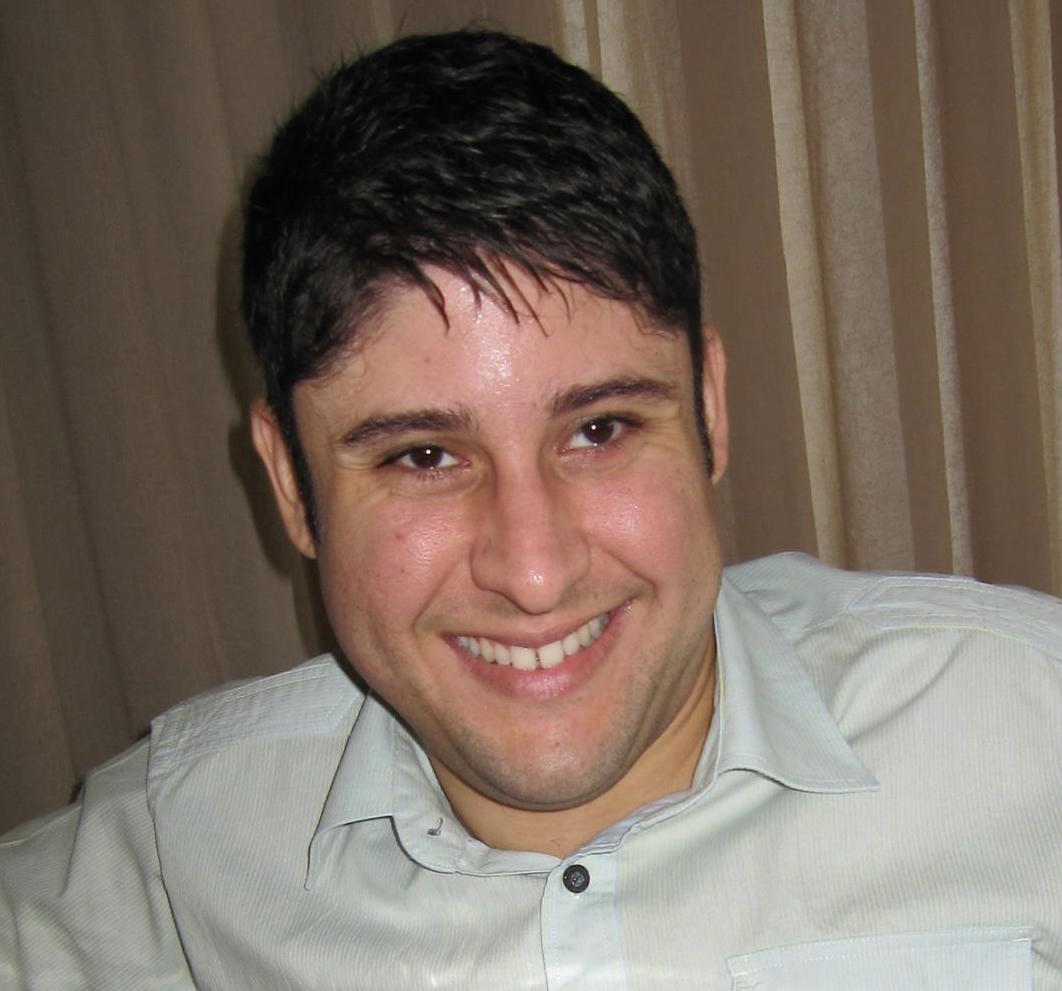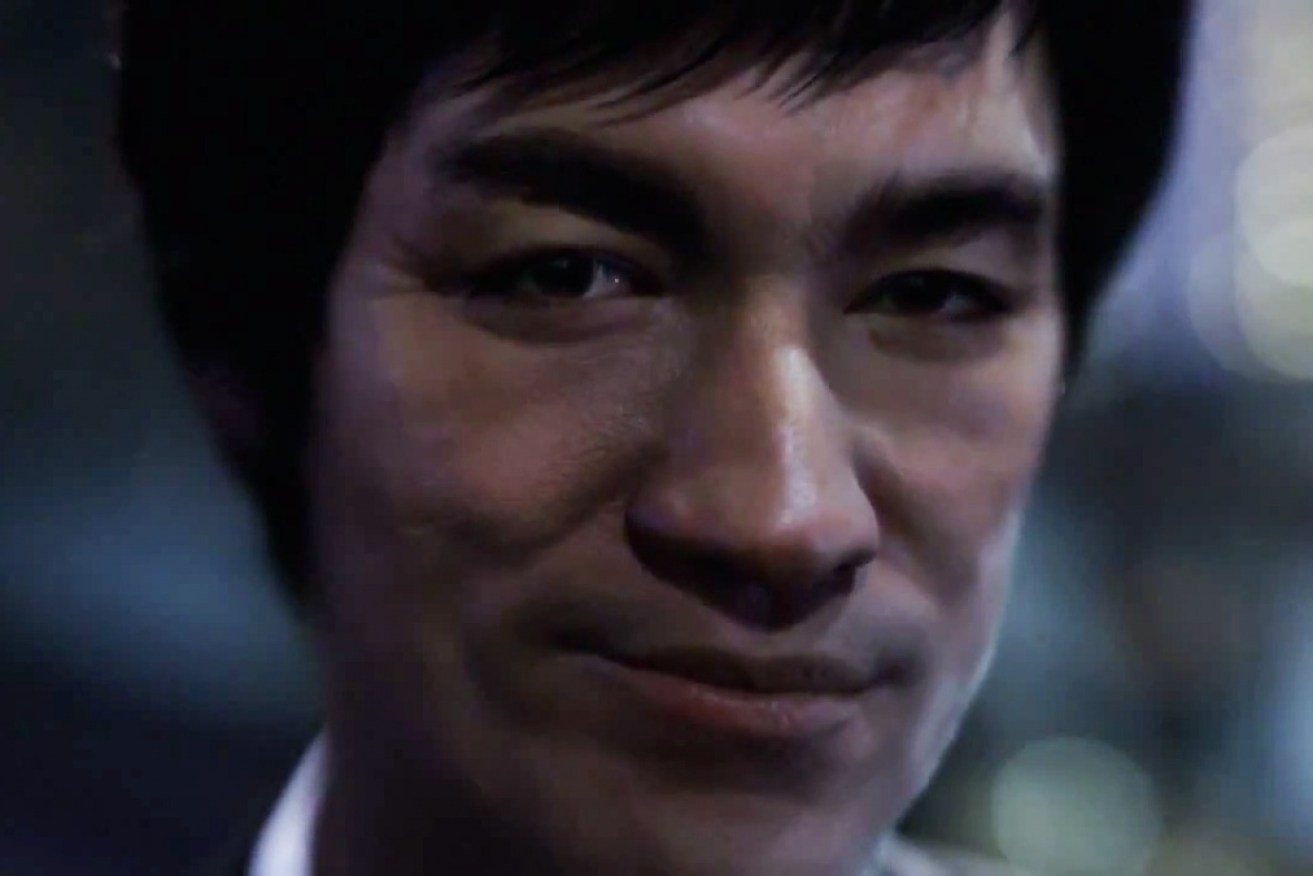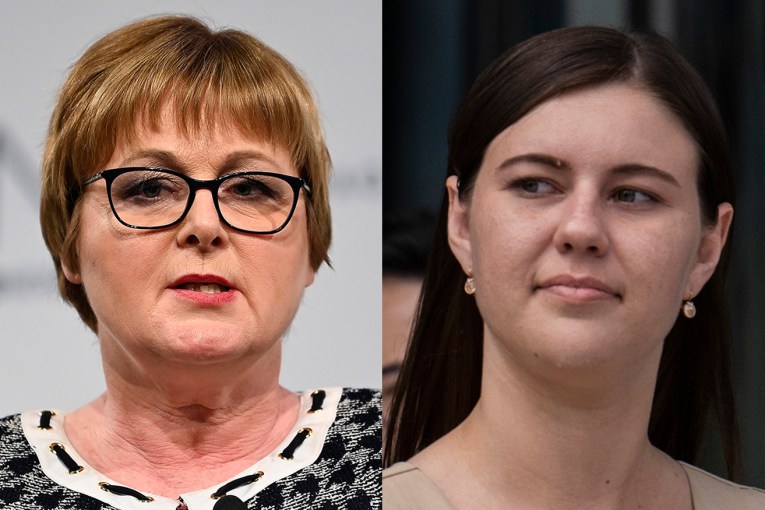Hollywood digs up a moral dilemma by bringing dead stars back to ‘life’


Bruce Lee, is that you selling whiskey?
With technology becoming more pervasive in our lives and on our screens, a troubling phenomenon known as digital necromancy threatens the legacy of actors, and poses an ethical conundrum for the industry.
Coined in an article in The Guardian, digital necromancy is the posthumous resurrection of digital images of celebrities and actors; they walk, they talk and – most exciting for advertising execs and studio heads – cash registers ring when the death knell tolls.
A slew of dead celebrities are “acting” once again in movies and advertisements, among them Audrey Hepburn, John Wayne, Bruce Lee and Peter Cushing, who died in 1984.
Cushing’s digital resurrection in Rogue One: A Star Wars Story has sparked a torrent of debate. Some people extol the possibilities for the franchise – unencumbered by Cushing’s death, producers have been able to bring back iconic villain Grand Moff Tarkin.
While it’s easy to think this is a win for audiences who can delight in another heyday “performance” by Cushing, it’s also a strange phenomenon that mixes nostalgia and the future.
The dissonance is astounding, but more troubling is the warped and messianic belief that technology should trump human life just because it can. Studios focussed on commercial imperatives and technological advancement are ethically tone deaf to the real damage.
Cushing’s estate gave permission, but does this absolve his heirs of ethical responsibility? Had Cushing foreseen how lightning advances in digital technology gave rise to digital necromancy, would he have consented?
For Lucasfilm and Disney (who newly acquired the Star Wars golden goose), the financial windfall of digital necromancy trumped any sense of the sacredness of life and legacy.
An actor’s legacy is rendered meaningless; death no longer matters when they can simply appear for time immemorial in the next blockbuster or television advert. It’s a cynical grab for cash by single-minded studios trading off the enduring popularity of celebrities and their iconic persona.
Watch Bruce Lee’s Johnnie Walker commercial
https://www.youtube.com/watch?v=SPyoiOTdHio
Bruce Lee’s “appearance” promoting Johnnie Walker Blue whisky is particularly distasteful; Lee’s focus on healthy mind and body dictated that he never touched a drop of alcohol in his life.
With such a cavalier regard for an actor’s humanity – values expressed in life – a troubling question lingers: how deep will the film and television industry go in their exploitation of digital necromancy? Technology left unchecked runs the risk of desensitising audiences to degraded humanity.
Mike McGee, co-founder and creative director of Framestore (the Oscar winning digital effects team behind Gravity) heralds digital necromancy and the posthumous resurrection of celebrities, stating “it’s only the beginning”.
He’s excited by the technological possibilities and cites Framestore’s series of adverts featuring Audrey Hepburn promoting chocolate as a significant technical advancement.
“I do think this will happen more and more. As the technology develops, I see no reason that in the future we couldn’t see a dead actor up for a Bafta or an Oscar”.
Watch Audrey Hepburn’s chocolate commercial
https://www.youtube.com/watch?v=gx9eDoS76LM








